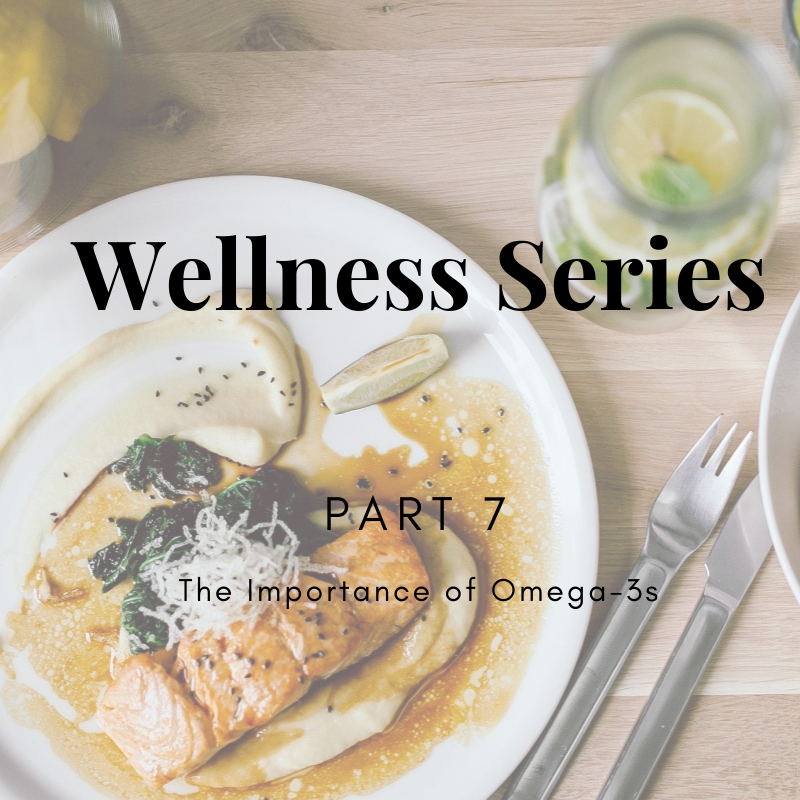Call for appointment
913-367-5103
Tag: fitness
Food General Nutrition general wellness Health healthy lifestyle Nutrition Pain management Paleo weight loss wellness
-

The Importance of Vitamin D
ADHD, anxiety, Attention deficit hyperactivity disorder, bone health, breast cancer, cancer, colon cancer, crossfit, depression, epigenetics, feeling blue, fitness, Food, General Nutrition, general wellness, Goals, Health, healthy lifestyle, healthy workplace, inflammation, keto, New Year’s Resolution, new year’s resolutions, Omega 3, osteoporosis, Pain management, Paleo, Paleolithic, Paleolithic diet, pediatric chiropractic, Pregnancy, PTSD, real food, self confidence, sunny days, supplements, vitamin D, weight loss, wellness -

The Importance of Omega-3 Fatty Acid
ADHD, Attention deficit hyperactivity disorder, chronic knee pain, epigenetics, fat myths, fats, fish oil, fitness, Food, food pyramid, General Nutrition, general wellness, Health, healthy fats, healthy lifestyle, healthy workplace, infants, inflammation, Knee pain, new year’s resolutions, Omega 3, Pain management, Paleo, Paleolithic, Paleolithic diet, Pregnancy, real food, supplements, weight loss, wellness